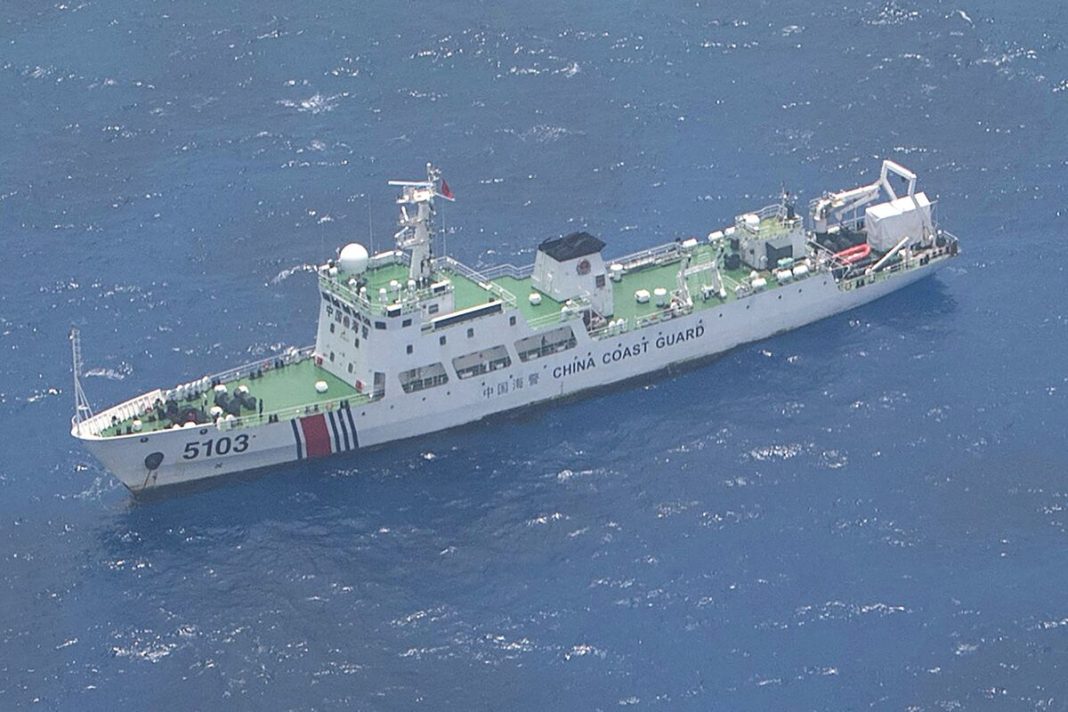The vast expanse of the East China Sea is once again a focal point of geopolitical friction, as Chinese vessels have made increasingly frequent forays into waters claimed by Japan. This isn’t just a minor territorial spat; it’s a calculated move that deepens the existing cracks in an already strained relationship between two of Asia’s economic and strategic powerhouses. Each incursion, each patrol, serves as a stark reminder of unresolved sovereignty issues, pushing regional tensions to a precarious edge.
The Heart of the Dispute
At the core of this simmering conflict lie a cluster of uninhabited islets known as the Senkaku Islands in Japan and the Diaoyu Islands in China. While they may appear insignificant on a map, their strategic importance is immense. Control over these islands grants access to rich fishing grounds, potential hydrocarbon reserves, and crucially, vital shipping lanes that are essential arteries of global trade. Both nations assert historical claims, dating back centuries, making any perceived infringement on their sovereignty a highly sensitive issue for domestic audiences and international observers alike.
When China’s Coast Guard ships sail into this hotly contested zone, often shadowing or even confronting Japanese vessels, it’s not merely an act of navigation. It’s a deliberate assertion of claim, a test of Japan’s resolve, and a subtle but powerful challenge to the established maritime order. Japan, for its part, consistently protests these incursions, viewing them as a violation of its territorial integrity and international law. The regular presence of Chinese ships transforms these waters from a shared resource into a chessboard for geopolitical maneuvering, where every move is scrutinized and every reaction carries weight.
Ripples Beyond the Horizon
The ramifications of these maritime standoffs extend far beyond the immediate vicinity of the islands. For Tokyo, these incursions fuel concerns about Beijing’s broader assertive posture in the Indo-Pacific, leading to increased defense spending and closer alignment with allies like the United States. For Beijing, demonstrating its resolve in these waters is seen as essential to its national pride and its vision of regional leadership. This creates a dangerous feedback loop, where actions from one side are perceived as provocations by the other, leading to a constant cycle of heightened vigilance and potential escalation.
The risk of miscalculation is ever-present. A minor collision, an accidental escalation, or even just a particularly aggressive maneuver could quickly spiral into a more serious confrontation. As Dr. Lena Huang, a seasoned regional security analyst, put it, “These maneuvers aren’t just about rocks in the ocean; they’re a barometer of geopolitical pressure, testing resolve and boundaries in a highly strategic part of the world.” The constant dance of ships in these waters underscores a fundamental disagreement that neither side seems willing to back down from, creating an environment ripe for friction.
Ultimately, the repeated sailing of Chinese ships into Japanese-claimed waters is a potent symbol of unresolved historical grievances and competing contemporary ambitions. It’s a delicate balancing act that requires both restraint and firmness from all parties involved. Without meaningful dialogue and a commitment to de-escalation, these tense maritime encounters risk becoming the new normal, perpetually clouding relations between two vital Asian nations and keeping the broader region on edge.




